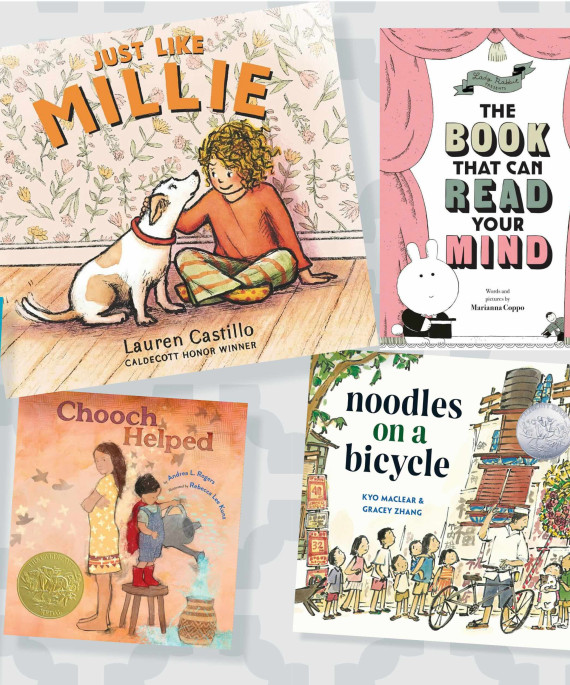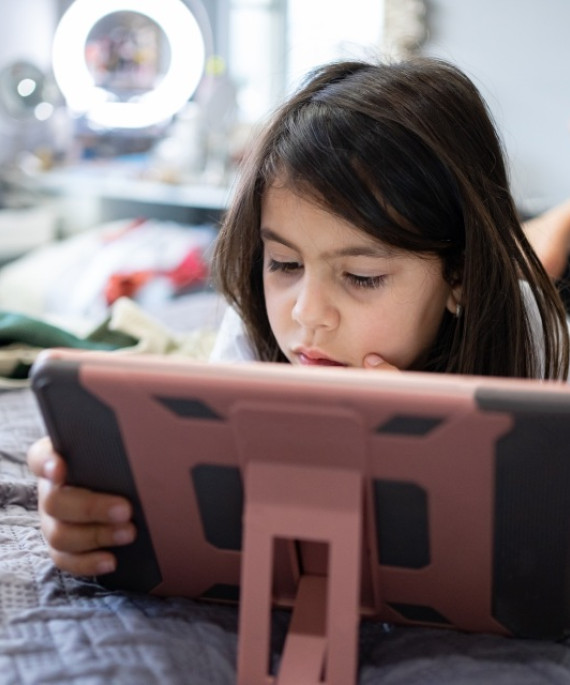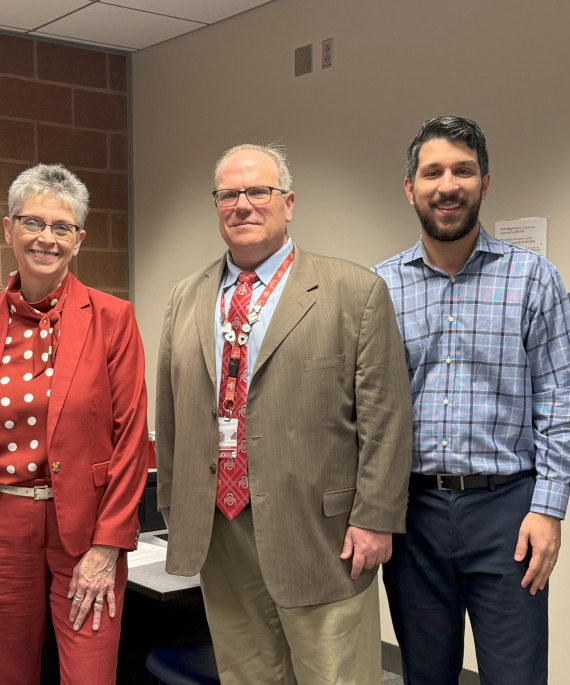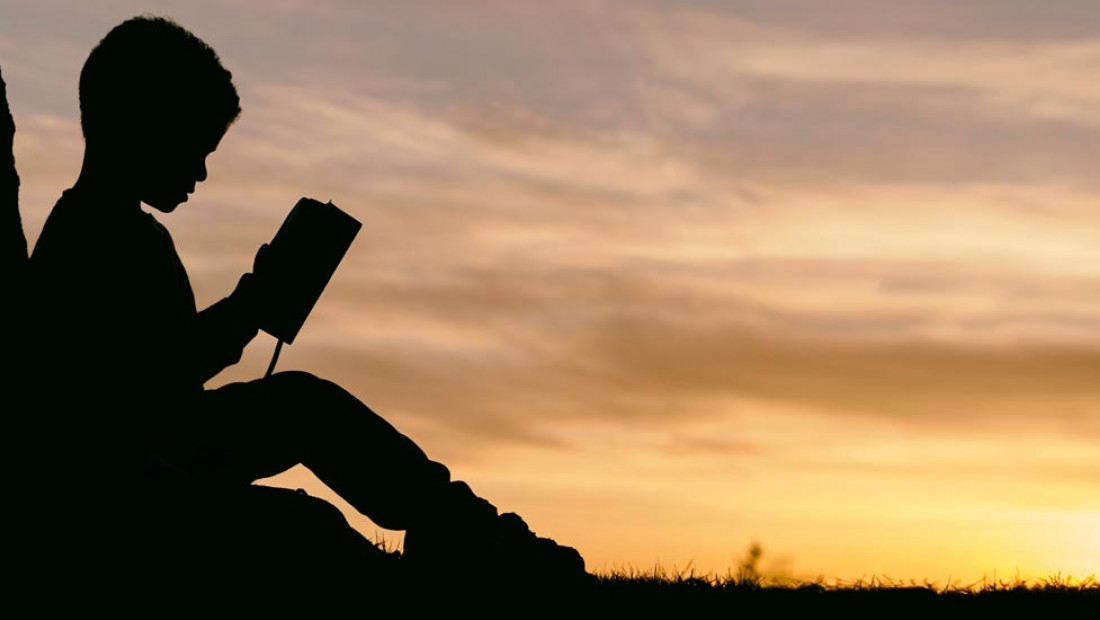
Photo by Aaron Burden on Unsplash.
On becoming me: Picture books about myself and others
As I read and reviewed the picture books published in 2017 for K-2 students, there were the usual topics I’ve grown to expect — pets, family life, friendship, word play and folktales. But this year, a new group of books emerged providing opportunities to talk about how young children learn about themselves and others.
The seven books that follow will support lots of conversations at home and in classrooms. Use them to talk about not only the characters in the books but also how our character grows and develops as we respond to others.
Crown: An Ode to the Fresh Cut
By D. Barnes; Illustrator: G.C. James. Chicago, IL: Bolden.
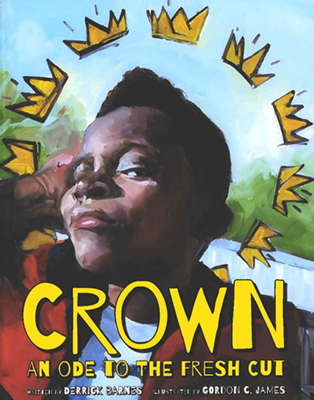
The Caldecott and Newbery honor story is about a young African American boy on his way to the barber shop. He recognizes the transformational power of a good haircut.
You can feel the boy’s self-concept grow as he explains how the barber will “drape you like royalty with that cape to keep the fine hairs off of your neck and your princely robes.”
He feels “like a million dollars” when the barber finishes up with the sting of witch hazel that is “more like an electric stamp of approval.”
Rich, deep colors illustrate the boy’s thoughts about others in the shop who have locs or cornrows but all end up feeling the same: “Magnificent. Flawless. Like Royalty.”
Priscilla Gorilla
By B. Bottner; Illustrator: M. Emberley. NY: Simon & Schuster.
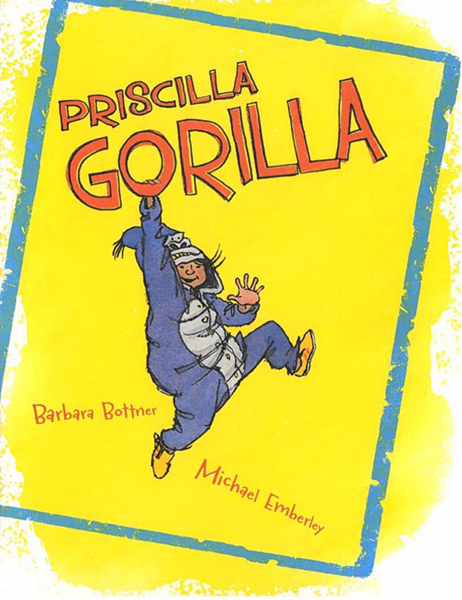
Priscilla loves gorillas and was quite excited to wear her gorilla pajamas to school for her gorilla report.
When her teacher asks her to take off her gorilla suit for the class photo, Priscilla refuses and ends up in the class thinking corner.
Her friend Lily wears a lion outfit the next day and joins Priscilla in the corner; the entire class ends up in the corner the next day.
Priscilla struggles when identified by others as a troublemaker, especially when her father points out that gorillas cooperate with one another.
Michael Emberley’s pencil-and-watercolor illustrations clearly reveal how Priscilla’s feelings change over time.
The book offer a chance to talk about what it means to be both an individual yet a member of a group.
Why Am I Me?
By P. Britt; Illustrator: S. Quals & S. Alko. NY: Scholastic.
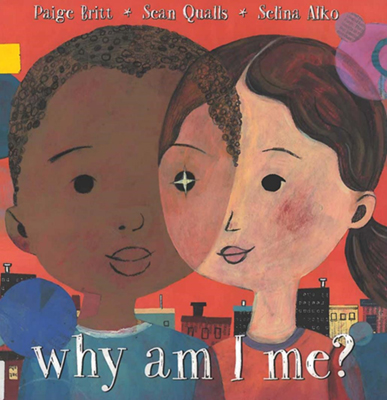
Two children each wonder, “Why am I me?” while traveling on a subway.
Paint, colored pencil and collage illustrations reveal the diverse people they meet along their journey, always wondering why they aren’t someone else.
The children question if they would be “lighter, older, darker, bolder” if they were not themselves.
Their question is not answered in the text, but a discussion of the final illustrations with a gleaming star in each of their eyes coming together as one may shed light on a conclusion.
Yo Soy Muslim: A Father’s Letter to His Daughter
By M. Gonzales; Illustrator: M. Amini. NY: Simon & Schuster.
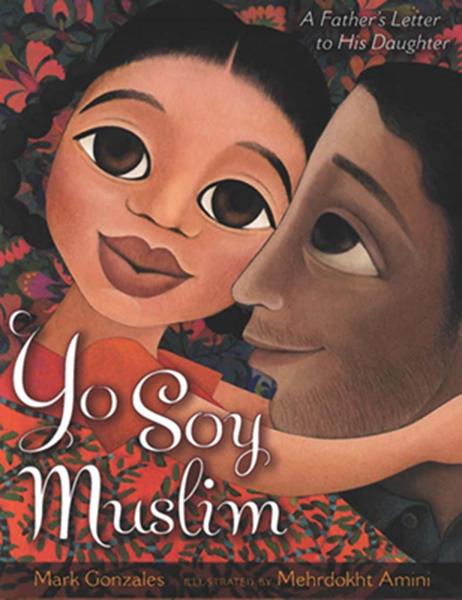
The love of this child’s father is clear on the very first page of this book as the author employs lyrical poetry to describe his child:
“It has been said,/ if you climb a tree/ to the very top and laugh,/ your smile will touch the sky.”
But, the challenges that will face her are also great when she is told that “there will come a day/ when some people in the world/ will not smile at you.”
As the young girl questions who she is, the father’s letter reassures her that “No matter what they say,/ know you are wondrous.”
Deep colors and collage-like illustrations rendered digitally vary the colors from light to dark to further illustrate the mood and theme of this book.
We’re All Wonders
By R.J. Palacio. NY: Alfred A Knopf.

The story of 10-year-old Auggie Pullman, born with a severe facial deformity, was first told by Palacio in a chapter book, Wonder, and more recently in a movie with the same title.
Now, Auggie’s struggles are illustrated in an over-sized picture book format for younger readers.
The first page sets a positive tone for the book: “I know I’m not an ordinary kid.”
But further pages show just how Auggie loves to do ordinary things such as play ball and eat ice cream just like any other child.
When other children make mean comments about his face, it’s clear that Auggie’s feelings are hurt, just like any other child.
The book concludes with Auggie’s hope that if “people can change the way they see … they’ll see that I’m a wonder.”
Blue Ethel
By J.B. Reinhardt. NY: Farrar Straus Giroux.
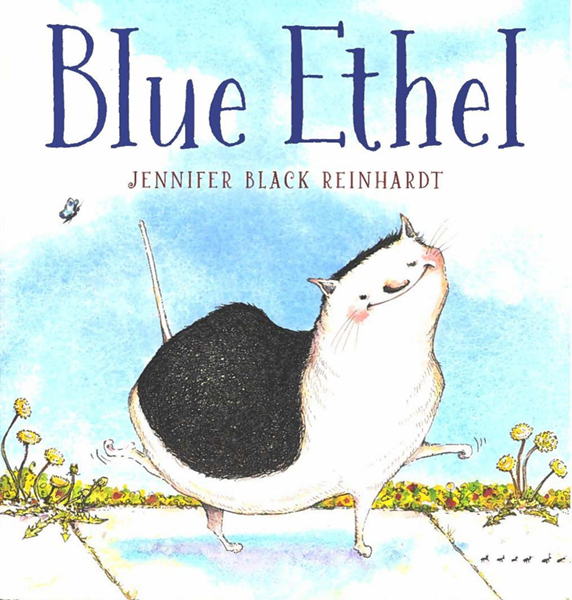
The first two-page spread clearly describes Ethel, the cat: “Ethel was old. She was fat. She was black. She was white. And she was very set in her ways.”
As she explored her favorite sidewalk square, however, she rolled and rolled in sidewalk chalk and, unknowingly, became blue, both in color and mood.
The next day, she remained in her blue-colored funk until she noticed that Fluffy, a young, slim cat, was now pink!
Together, they discovered that being colorful was actually quite fun.
This book may springboard readers into discussions of how changes affect us and those around us too.
Who Am I?
By J. Turner. NY: Aladdin
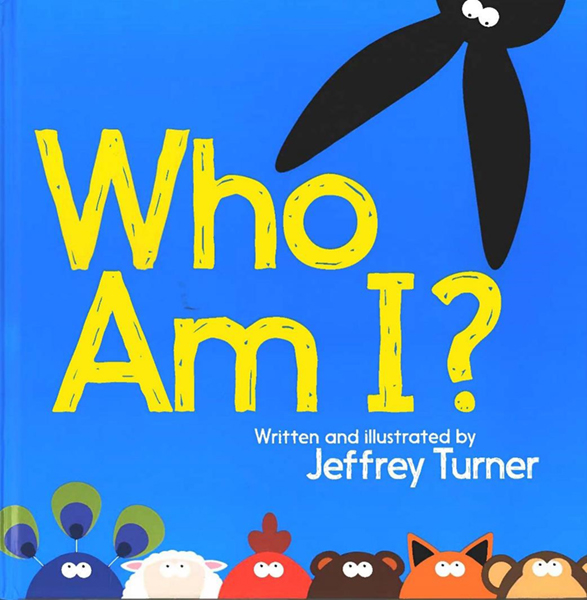
The endpapers of this book show the shadow of a long-eared rabbit.
As the rabbit assumes the masks of a frog, rooster, tiger and other animals, a mysterious speech bubble responds that he is certainly not any of those animals, but is, indeed, a rabbit.
The cumulative nature of this book, along with the sounds of the animals, will delight young listeners and readers.
The speaker of the speech bubbles is finally revealed as the rabbit finally understands that he is a rabbit.
But the speaker, shown in the shape of a bat hanging from a tree limb, believes he is a dog.
Such an ending will certainly lead to conversations about the “dog” and how to convince the bat of his true identity.
Patricia Scharer is professor of reading and literacy in early and middle childhood education in the Department of Teaching and Learning. She is known for improving literacy learning for thousands of students through her role as a teacher educator at Ohio State. She trains teacher leaders to work with teachers using the short-term, highly effective intervention, Reading Recovery®, which helps struggling first-grade readers catch up with their peers. She is also a trainer for Literacy Collaborative®, a comprehensive school reform project designed to improve the reading, writing and language skills of elementary- and middle-level students. Scharer recently edited a new book for inservice and preservice teachers: Responsive Literacy: A Comprehensive Framework, published by Scholastic.


